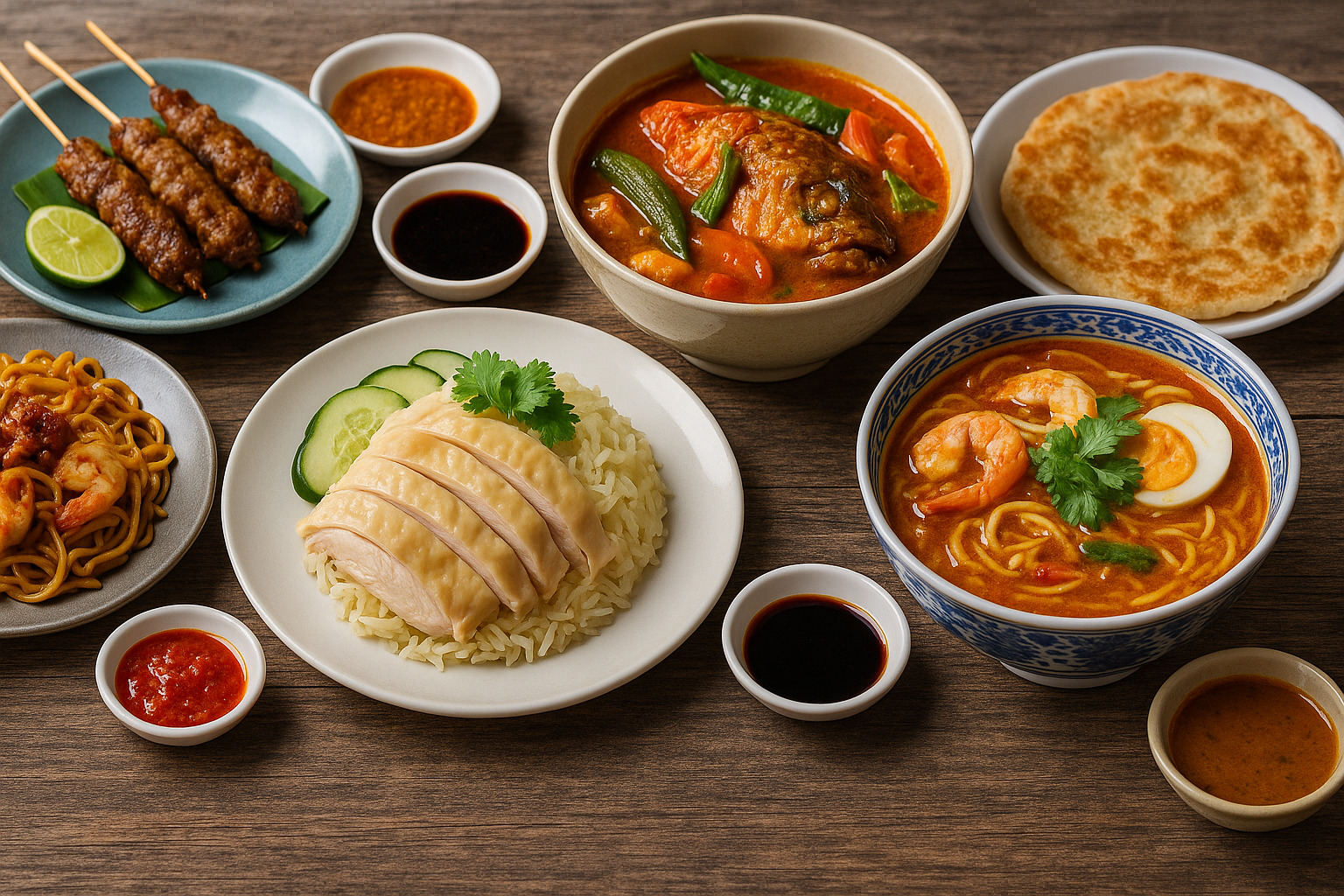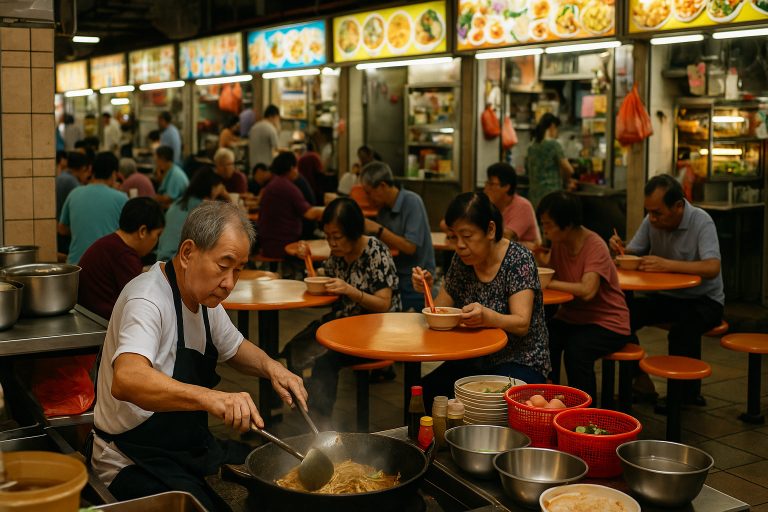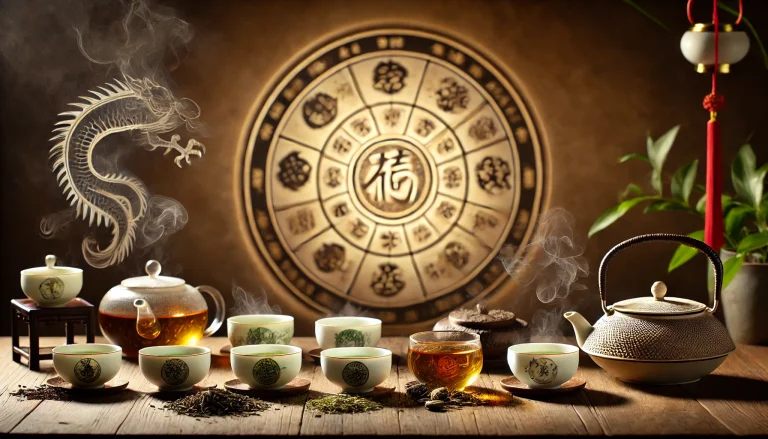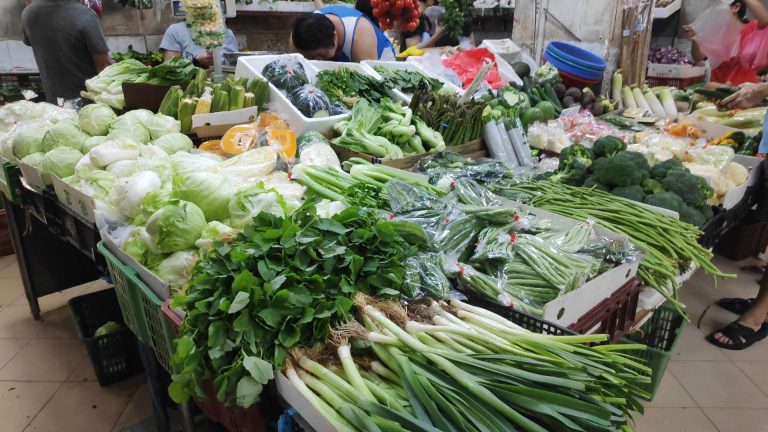Singapore’s food scene answers one question with extraordinary clarity: how can different cultures blend without losing their soul? The answer lies in its hawker centres, in every bowl of laksa, and in the steam rising from roti prata dipped in curry. The fusion of Chinese, Malay, and Indian influences has shaped not only what Singaporeans eat but how they define their shared identity.
The Roots of Multicultural Cuisine
Singapore’s culinary journey began in the 19th century when the island became a major trading post under British rule. Immigrants arrived from southern China, the Malay Archipelago, and southern India, each bringing their culinary traditions. Over time, these communities adapted, exchanged, and improvised, crafting new dishes informed by their neighbors’ ingredients, methods, and palates.
Hawker centres played a key role in this transformation. These open-air food courts created a shared space where cooks from various backgrounds introduced locals to their recipes. Proximity led to experimentation. Chinese vendors used Malay spice blends, Indians adjusted their recipes for local tastes, and Malays began incorporating Chinese ingredients into their dishes.
Chinese Contributions: From Wok Hei to Chicken Rice
Chinese migrants arrived primarily from Fujian, Guangdong, and Hainan provinces. Their diversity resulted in a wide spectrum of dishes and techniques.
- Hokkien Influence: Hokkien Mee is a hallmark example. Originally from Fujian, the Singaporean version includes yellow noodles and rice vermicelli stir-fried with prawns and squid, topped with sambal belacan and lime. The balance of sweet, salty, sour, and spicy shows a clear local adaptation.
- Cantonese Precision: Cantonese cuisine brought char siew, roasted duck, dim sum, and an obsession with wok hei — the smoky flavor imparted through high-heat stir-frying. This concept remains a gold standard in local cooking.
- Teochew Subtlety: Lighter dishes such as steamed fish and Teochew porridge prioritize clean, natural flavors. Their restraint in seasoning contrasts with the bolder profiles of neighboring culinary traditions but balances the overall landscape.
- Hainanese Icon: Hainanese Chicken Rice became a national favorite. Poached chicken, rice cooked in chicken broth with ginger and pandan, and dipping sauces of chilli-garlic, soy, and ginger form a triad of taste that reflects precision and restraint. Adaptations like the Cantonese method of chilling the chicken post-boil add texture and visual appeal.
Malay Contributions: Spice, Aroma, and Coconut Richness
The Malay foundation rests on rempah — spice pastes made with chillies, lemongrass, turmeric, and galangal. These pastes form the base of many stews and curries.
- Nasi Lemak: Rice cooked in coconut milk and pandan leaves is served with sambal, anchovies, egg, and cucumber. Though often eaten at breakfast, its richness gives it an all-day appeal.
- Satay: Grilled skewers served with peanut sauce show the depth of Malay marinades. They reflect a history of open-fire cooking and spice balancing.
- Beef Rendang: Long-simmered in coconut milk and spices, rendang achieves intensity and tenderness that spans cultural boundaries. It is both ceremonial and everyday.
Malay influence also permeates beyond its own dishes. Chinese and Indian recipes often adopt coconut milk, sambal, and tamarind. Tauhu and taupok (tofu varieties) appear across the board, from Malay stews to Chinese soups. The fluidity between ingredients illustrates how deeply the lines have blurred without losing meaning.
Indian Contributions: Heat, Aroma, and Bold Flavor
Southern Indian immigrants added another layer to Singapore’s food palette. Their use of curry leaves, mustard seeds, and spice blends became a defining part of local cooking.
- Dosa and Idli: Fermented rice-lentil batters turned into crisp dosas and fluffy idlis are now staples, often served with chutneys and sambar.
- Roti Prata: A flaky flatbread prepared on a griddle, usually paired with mutton or fish curry. Though Indian in origin, the prata has been localised, sometimes appearing with sugar, banana, or cheese.
- Fish Head Curry: A signature dish invented in Singapore. Combining the South Indian curry base with the Chinese preference for fish head, it exemplifies how cuisines intersect at both flavor and cultural significance.
- Murtabak and Mee Goreng: Indian-Muslim stalls serve hearty items like meat-filled murtabak and fiery mee goreng. These dishes appeal across ethnic lines and are widely recognized by their aroma before they’re even seen.
Peranakan Cuisine: Fusion Born of Marriage
Peranakan or Nyonya food is the product of Chinese settlers marrying Malay locals, creating a culture—and cuisine—that blends both roots.
- Laksa: Katong laksa, with its spicy coconut broth, rice noodles, prawns, and cockles, is the definitive expression of Peranakan synergy. The use of both Chinese rice noodles and Malay rempah base is seamless.
- Ayam Buah Keluak: A stew using black nuts with earthy overtones, combined with chicken and spices, shows meticulous preparation and a reverence for tradition.
Peranakan cooking is often time-intensive, demanding fresh spice pastes ground by hand and complex layering. This complexity sets it apart, yet it remains a natural part of the broader food landscape.
How the Pieces Fit
Singaporean cuisine is not a platter of separate parts. It’s a collective improvisation. Recipes evolve across cultures, drawing elements from each other not for novelty, but for necessity and flavor.
Shared ingredients:
- Coconut milk in both Malay curries and Chinese desserts
- Tofu and tempeh appearing across Chinese and Malay recipes
- Tamarind in Indian and Malay sauces
- Sambal as a common condiment across food stalls
Shared techniques:
- Stir-frying, steaming, and slow-cooking find expressions in every community
- Marination and rempah preparation influence both Indian and Malay kitchens
- Curry leaves now appear in hybrid Chinese-Indian dishes, blurring origin
Shared spaces:
- Hawker stalls are microcosms of this interwoven heritage. One row may have nasi padang, fishball noodles, prata, and Teochew porridge — each distinct yet part of a larger conversation.
Final Notes
The influence of Chinese, Malay, and Indian flavors is not about diversity for diversity’s sake. It is about how cultures intersect daily, over meals that reflect compromise, creativity, and shared taste. The result is not a layered dish, but a unified one — a plate that tells a story bigger than any single ingredient.



